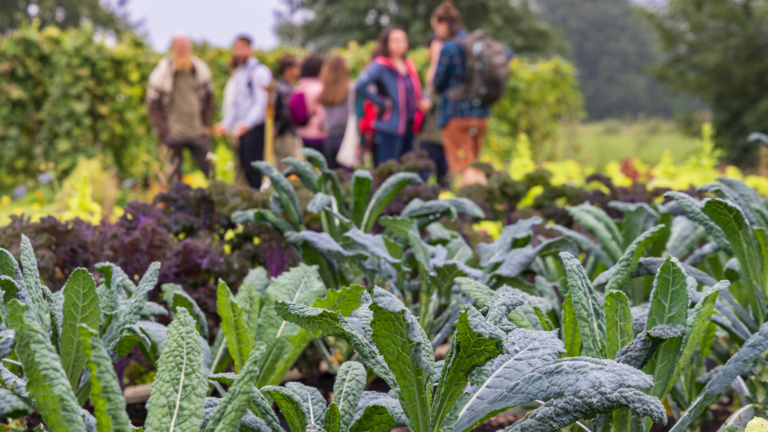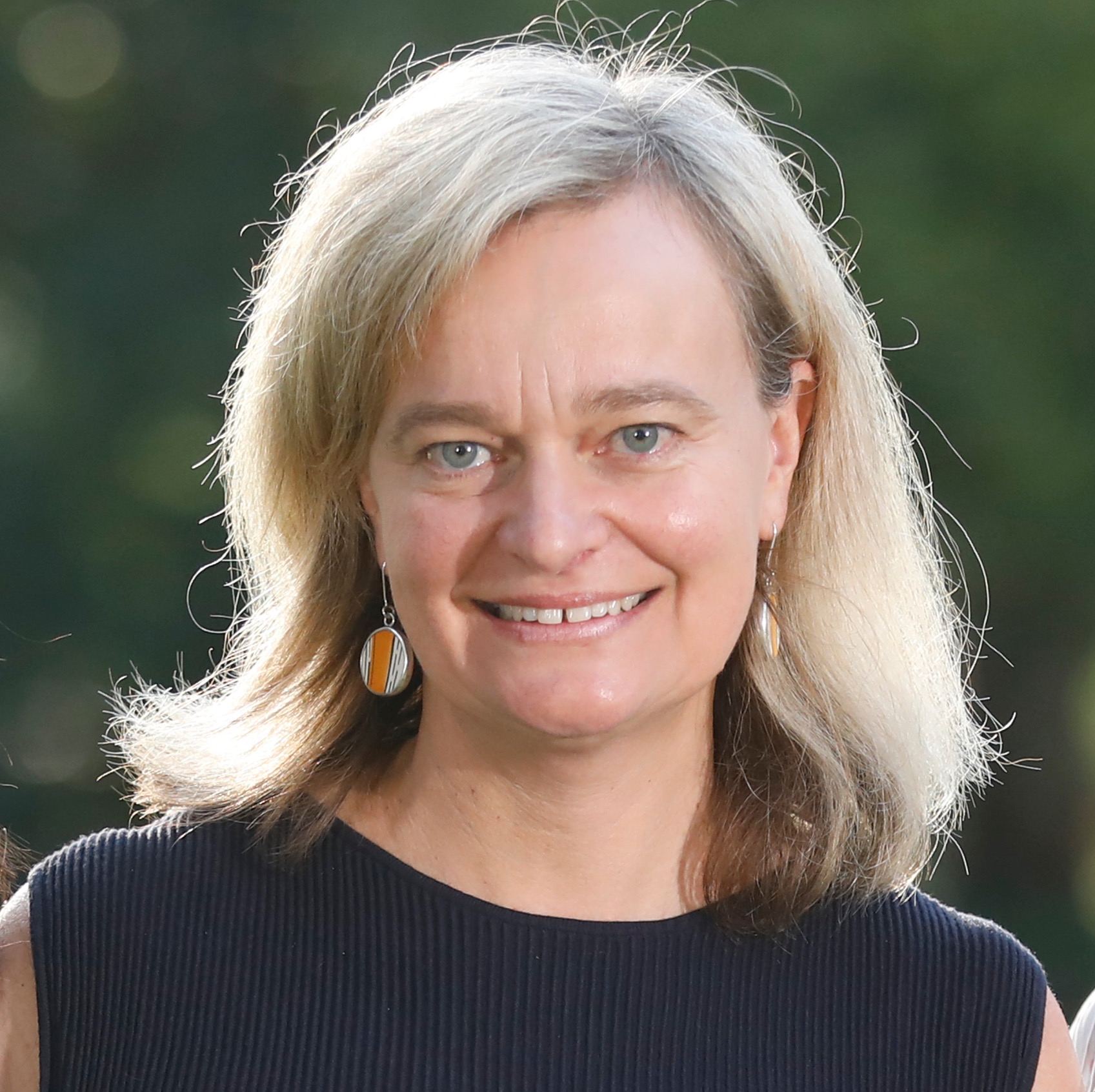Community green spaces grow our well-being

Are you looking for community well-being?
Australians have told us where they go to find community and, perhaps unsurprisingly, it’s not inside a building.
Research in 2023 shows that Australians prefer to go to the park to find the heart of community. In fact, 53% of Australians consider natural outdoor gathering spaces as the primary hub for community interaction. In the survey, the local neighbourhood also rated highly, after the household, for finding social connection.
In seeking to find community, Australians recognise that our beautiful climate, stunning landscapes, and relaxed vibes are to be found in the great outdoors. And that is especially helpful if these are close to home, as in community green spaces.
Green spaces include a range of ordered and unordered spaces—neighbourhood parks, playgrounds, community gardens, parklands, sportsgrounds, and bushland walks. Even pop-up outdoor green gathering spaces are catching on, and are providing additional biodiversity and social benefits for low cost.

The research is overwhelmingly in agreement that living with close access to natural green places improves physical and mental health, as well as quality of life. And since natural outdoor gathering spaces are where we find our key community connections, then our social well-being is also getting a boost.
The types of social interaction taking place in natural spaces can include a range of formal and informal interactions. And while socialising, exercising, art and reflection are all common recreational pursuits, I want to highlight the extra dose of social and nature connection that happens in activities like community gardening and bush regeneration. These are shared purposeful pursuits that involve interacting with and caring for the physical world, and they often happen in the relaxed company of others with similar passions.

But do Australians care about making a positive impact on the environment? In 2023 research, caring about climate change and its impact was considered a concern for 3 in 4 Australians. And yet strangely, we seem to be expecting others, especially the Government, to fix it for us.
Is this an individualistic form of free-riding? A free rider is someone who uses a public good but is happy for others to pay for it. Ipsos Climate Change Report 2023 revealed our acknowledgment of personal responsibility to help do something about climate change fell from 67% to 63% in 2022. If we are losing our desire to give back meaningfully—to play our part in improving our environment—here is a reason to reconsider.
Let’s talk specifically about community gardens and local bush regeneration as opportunities for Australians to get both a social and environmental payback for their contribution. Finding a hands-on way to engage our environmental heart, and transfer this into physical activities (well beyond protesting) for environmental good can be deeply rewarding. This comes with the bonus that when we join others in these activities, we can connect with people in our local community in meaningful and relaxed ways benefiting our social well-being and the social cohesiveness of society more generally.
Community gardens range hugely: from a structured community garden adjoining a centre, school or church operating with a team and plan, to a cluster of pots in a back laneway shared by a few residents. A community garden can draw us together, by chance or by planning. It can help us share produce with each other and with those in need. It highlights the cycle of life and hope. And when taken to the next level, a community garden can produce generosity, kindness and hospitality.
Similarly in the local bush, pulling a weed or removing rubbish, alone or together, adds value. And there is a lot to learn along the way as well—about the seasons, the soil types, and the goodies and baddies of the natural world.

Why outdoor gathering places and activities are good for our local communities:
- It’s where most Australians say they find community. So, if you are lonely (as 1 in 4 Australians say they are), go outside to find your next friend.
- Activities like gardening, sport or art give us wonderful connection points in our local communities.
- It’s where nature’s therapeutic benefits like beauty, fresh air, the elements and the intrigues of flora and fauna touch our senses.
- It’s where we can act on our desire to care for the natural world.
- Outdoor places have fewer barriers, burdens or baggage.
- It somehow humbles all humanity, naturally.
- It helps us relax and smile.
- Nature and gardening highlight the cycle of life, death and hope.
From parks to community gardens, green spaces offer countless ways to connect and build vibrant communities.
The sky is the limit.
- About the Author
- Latest Posts
Dr. Jen George has a PhD in community governance and has worked in several Australian universities including a decade teaching the Master of Environmental Planning Program at Macquarie University, Sydney. Her research interests include community engagement, networks, leadership and governance towards improved social and environmental outcomes. She works with not for profits like schools and charities on community alignment for strategic purpose including developing social and physical structures to support the mission. Jen is founding director of Comcorp, a research consultancy and serves as a Director on several not for profit Boards including the Anglican Schools Corporation. Jen holds honorary titles with several research institutions.







